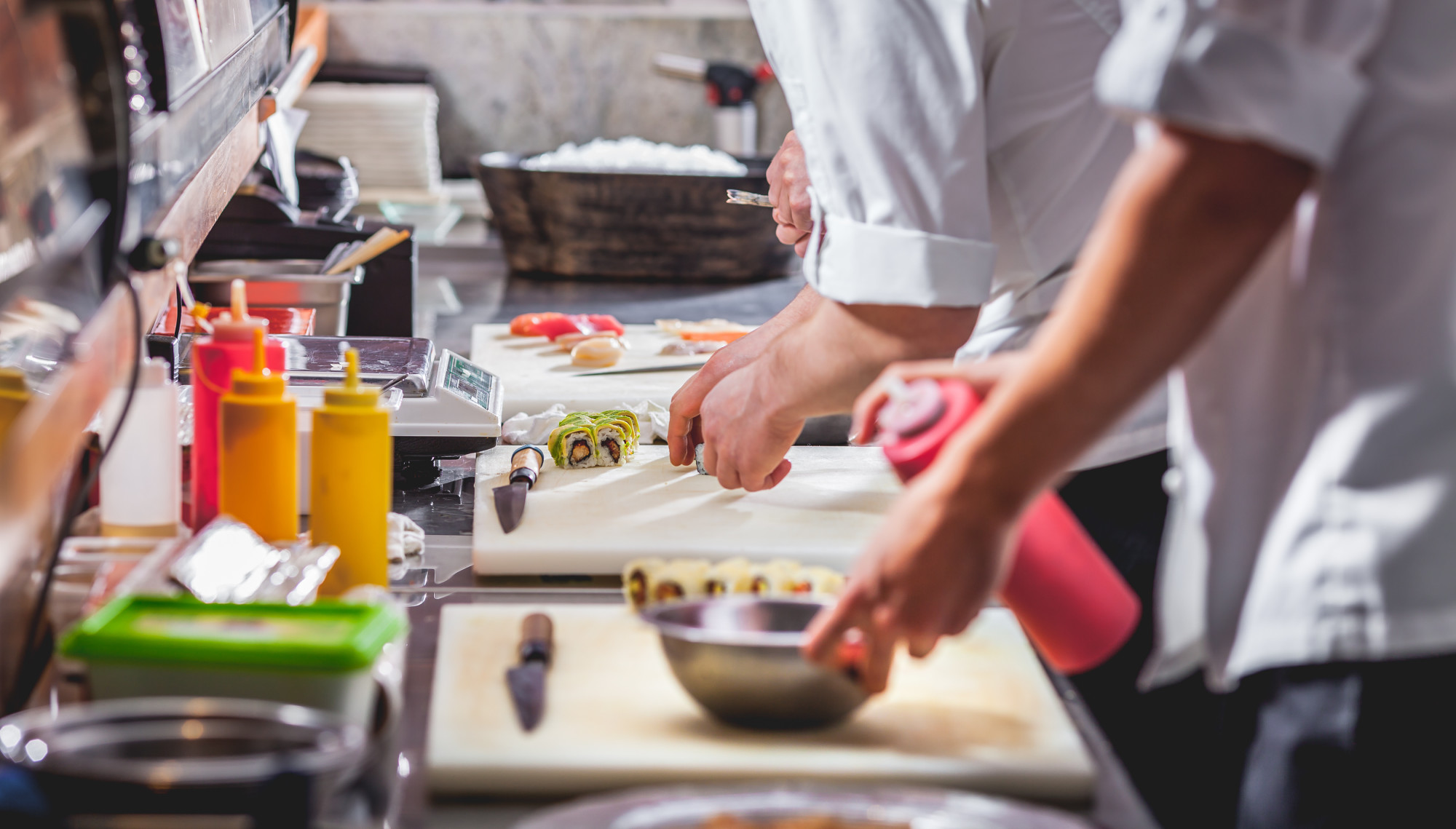While the United States food supply is among the safest in the world, experts still estimate that there are around 48 million foodborne illness cases each year in the US.
This equates to 1 in 6 Americans getting sick from food poisoning each year. Foodborne illnesses also result in about 3,000 deaths and 128,000 hospitalizations each year. Luckily, foodborne illnesses are 100 percent preventable if you follow the right food sanitation tips.
Check out this guide to learn how to properly sanitize your food.
1. Practice Proper Personal Hygiene
A lot of the time, foodborne illnesses are a result of poor personal hygiene. Washing your hands is one of the most important things to do before handling food. Unfortunately, very few people take the time to wash their hands properly. Here are the rules of proper handwashing:
- Lather the hands with soap and wash them in warm water for at least 20 seconds
- Wash all the way up to your arms
- Always wash your hands after sneezing, coughing, or blowing your nose
- Always wash your hands after touching your face, hands, or eyes
- Always wash your hands after using the toilet, touching the garbage, handling pets, caring for a sick person, or treating a cut
You should wash your hands throughout the food preparation process to keep everything as sanitized as possible.
2. Clean and Sanitize All Food Contact Surfaces
In addition to keeping your hands clean, you also need to make sure that all food preparation surfaces are clean.
Food contact surfaces include things like knives, pots, pans, and cutting boards. We suggest using a three-compartment sink to wash large food contact surfaces.
Use a detergent solution to wash these items in the first sink, and make sure the water temperature is at least 110 degrees. Rinse the items in the second sink by immersing them in clean water or spraying them with a kitchen spray cleaner.
Then, air dry all of the items before placing them in storage.
3. Practice Safe Food Storage
When it comes to proper sanitation, how you store your food is just as important as how you prepare your food. Storing food at the correct temperature is essential for preventing bacteria and mold growth.
In food sanitation, there is something known as the “danger zone.” Any food that’s stored in the danger zone is more prone to bacterial growth. The food danger zone is 41 to 135 degrees Fahrenheit. For food to be considered safe to consume, it needs to be colder than 41 degrees or warmer than 135 degrees.
In addition to making sure your food is stored at the right temperature, make sure it’s stored in the right place to prevent cross-contamination. Never leave thawing meat on a top shelf, as the juices can drip down and spoil the food below.
You can also use a thermal blanket for sanitary food grade.
Food Sanitation: Time to Act
Now that you know these food sanitation tips, it’s time to put them to use. With these tips, you’ll be able to keep foodborne illnesses at bay.
Be sure to browse our site for more food safety tips.







